Yarsagumba: The Himalayan Caterpillar Fungus
Yarsagumba, also known as the Himalayan caterpillar fungus, has captivated the world with its unique characteristics and incredible medicinal properties.
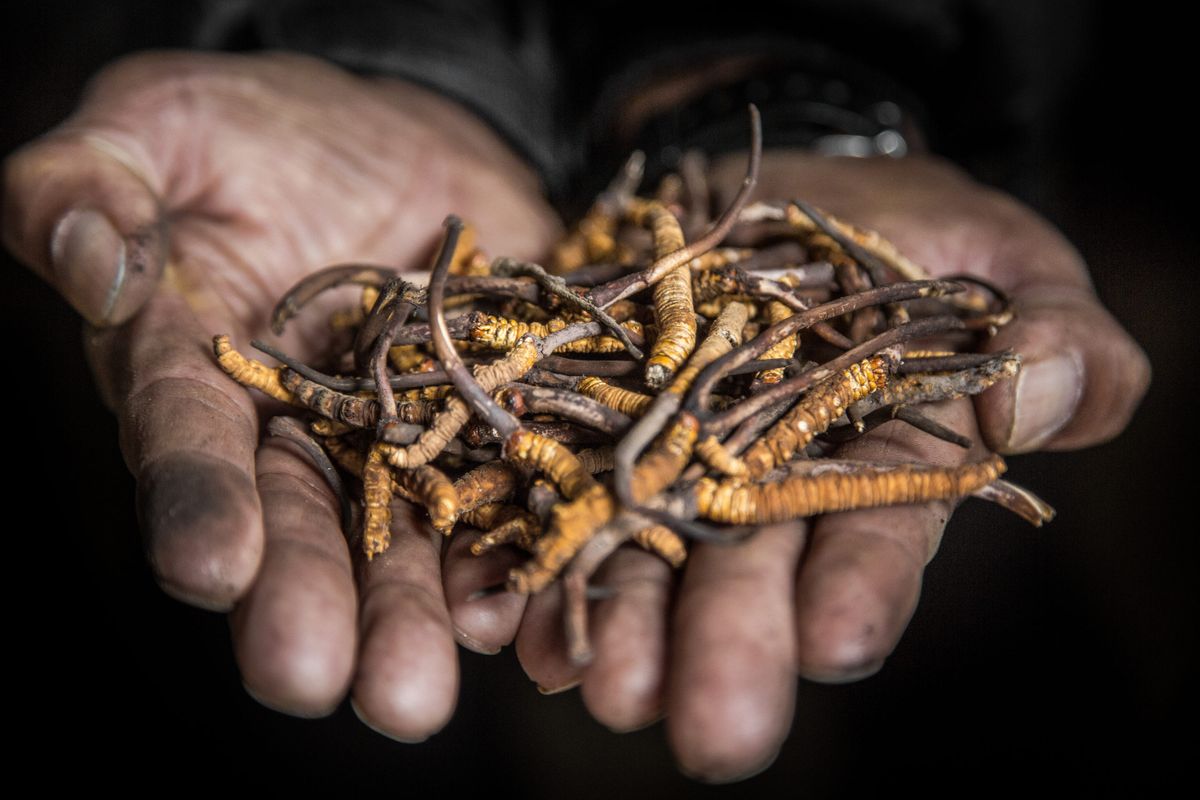
Introduction:
Deep within the majestic Himalayan mountain range, an extraordinary organism thrives in the alpine meadows and high-altitude regions. Yarsagumba, also known as the Himalayan caterpillar fungus, has captivated the world with its unique characteristics and incredible medicinal properties.
Yarsagumba, renowned as the "biological gold," thrives in the lofty altitudes of the Himalayan region. This remarkable fungus, scientifically known as Ophiocordyceps sinensis (formerly Cordyceps sinensis), earns its colloquial namesake, the caterpillar fungus, as it emerges from the lifeless head of a deceased caterpillar.
In Tibetan, it is called "Yartsa Gunbu," meaning summer grass winter worm, while in Chinese, it is referred to as "dōng chóng xià cǎo." Similarly, in the Nepali language, it goes by the name Yarsa-gumba or Yarcha-gumba. Yarsagumba represents an entomopathogenic fungus, which acts as a parasitic organism, thriving on and eventually killing insects as it flourishes.
What is Yarsagumba?
Yarsagumba, scientifically classified under the Ophiocordycipitaceae family, thrives in the Himalayan regions of Nepal, Bhutan, India, and Tibet, at altitudes surpassing 3500 meters.
This extraordinary fungus emerges through the parasitism of swift moth larvae, resulting in the formation of highly sought-after fruiting bodies, commonly known as Yarshagumba or Yarsa gumba, cherished for its herbal medicinal properties.
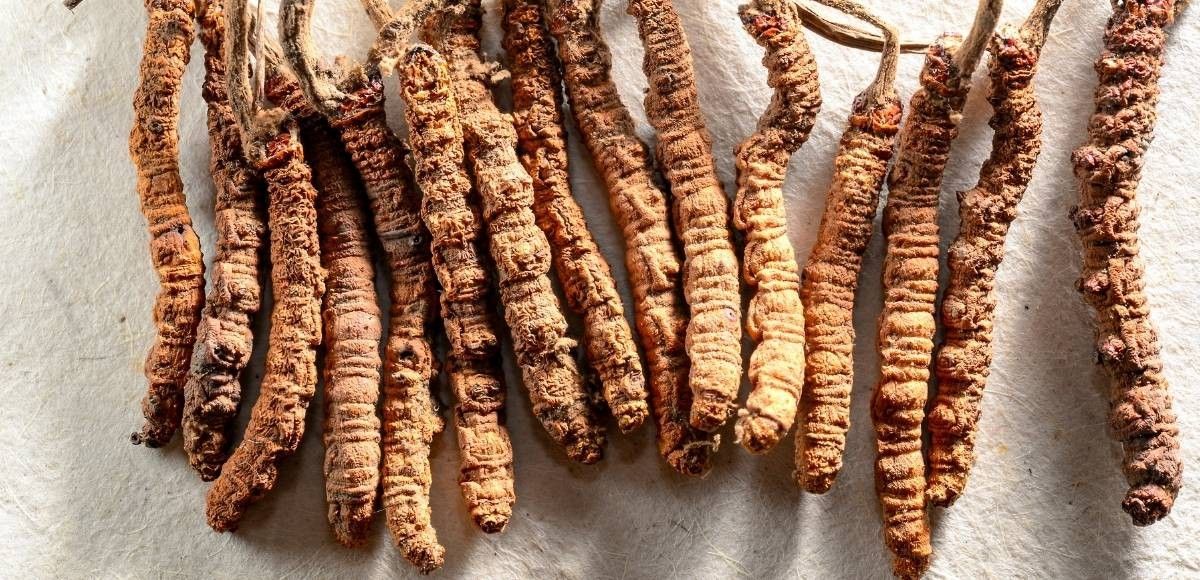
The Himalayan meadows, situated between 3000 to 5000 meters, provide the ideal conditions for cultivating Yarsagumba. Once the fungus germinates within the larvae, it gradually takes over, ultimately leading to the demise of the insect, which becomes mummified.
From the tiny corpse, a dark-colored, stalk-like fruiting body a few centimeters long grows out of the victims head and pokes a centimeter or so out of the ground. It takes a great deal of patience and a trained eye to spot it among the stubby grasses where yaks graze.s
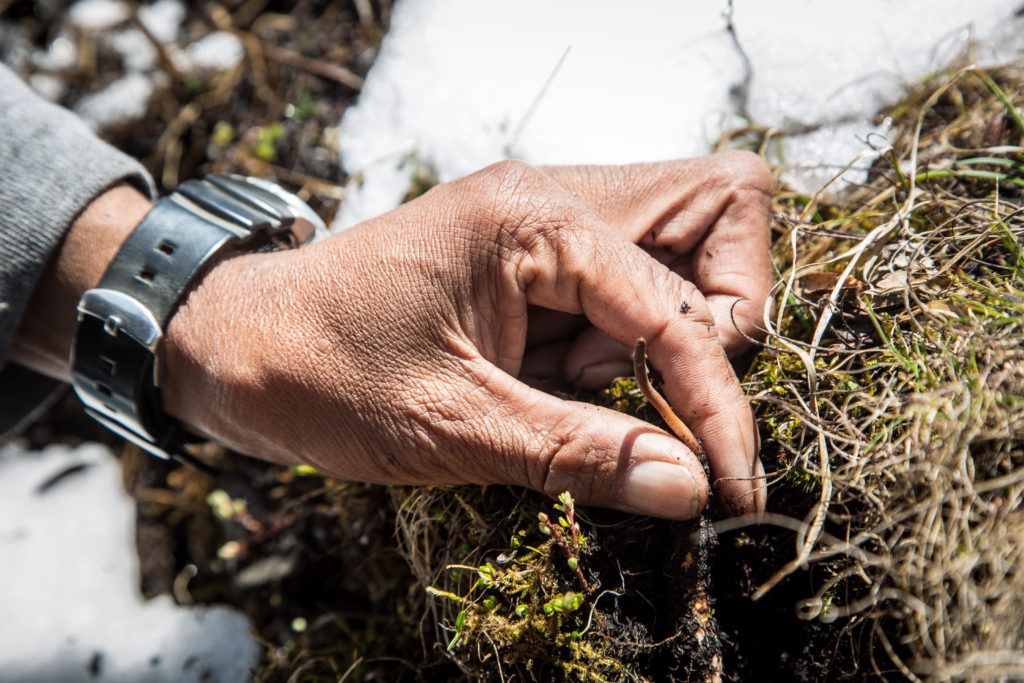
Yarsa gumba holds immense value in traditional medicine, particularly in the Asian subcontinent, where its usage has been ingrained for generations. In Nepal, the pursuit of this "gold rush" involves entire caravans of people embarking on challenging journeys to the higher elevations of the Himalayas. The lure of Yarsagumba's significant economic benefits has prompted many rural villagers to climb mountains in search of this prized fungus, with the hopes of uplifting their lifestyles.
The History of Yarsagumba
Yarsagumba, meaning "summer grass, winter insect" in Tibetan, is a captivating fungus that embodies a remarkable dual nature as both a plant and an insect. This extraordinary organism thrives by infesting moth and butterfly larvae, transforming them into prized fruiting bodies highly sought after for their purported medicinal qualities.
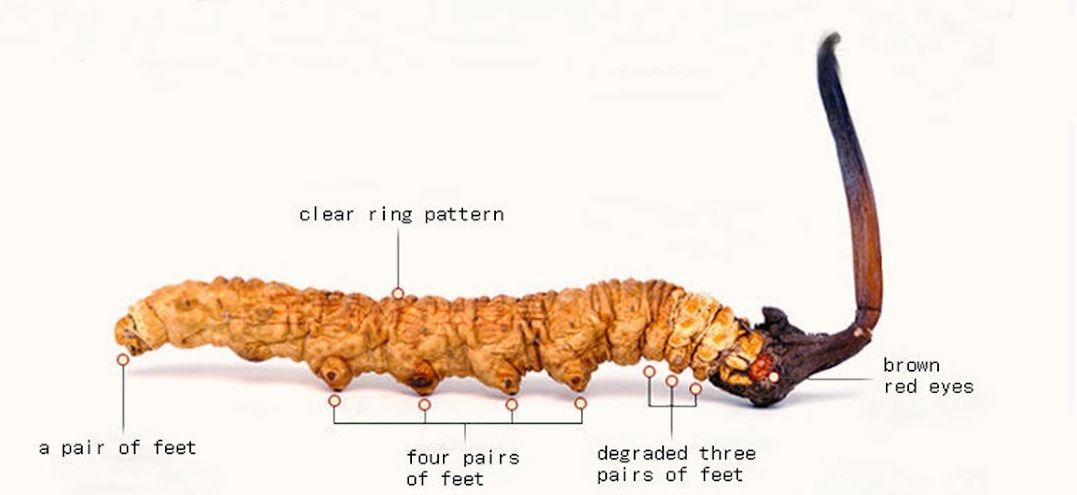
In Nepali, it is referred to as "jiivanbuti" and "kira jadi." Scientifically named Ophiocordyceps sinensis, the history of yarsagumba traces back to the Tang Dynasty in 620 AD. However, its global prominence surged in 1993 when Chinese long-distance marathon runners attributed their astonishing performances to this enigmatic fungus. Since then, the demand for yarsagumba has surged exponentially, propelling it to international fame and capturing the fascination of individuals worldwide. This extraordinary organism continues to captivate and intrigue with its rich cultural heritage and remarkable properties.
Yarsagumba for Medical Purposes
Yarsagumba, often hailed as the "Himalayan Viagra," possesses remarkable effects on the reproductive system and offers extensive health benefits. Its utilization extends to both clinical applications and home remedies. The discovery of Yarsagumba's medicinal properties dates back approximately 2000 years ago in China.
The potential of Yarsagumba, also known as Yarchagumba, encompasses a wide range of benefits. Notably, it strengthens the lungs and kidneys, enhances energy and vitality, aids in stopping hemorrhages, and helps reduce phlegm. Its positive impact on the reproductive system is particularly notable.

Yarsagumba finds application in addressing impotence, relieving backaches, and promoting increased blood and sperm production. It also assists in combating tiredness, chronic coughs, and asthma.
The multifaceted benefits of Cordyceps, or Yarsagumba, continue to make it a valuable resource for various health concerns, contributing to its reputation as the "Himalayan Viagra" and earning it a prominent place in traditional medicinal practices.
Yarsagumba has a wide range of potential health benefits. It is used in patients undergoing radiotherapy, chemotherapy, and those with deficiency syndromes. Its medicinal properties are believed to alleviate fatigue, respiratory problems, kidney-related issues, and improve sexual health. It may have positive effects on cardiovascular problems, allergies, and immune system strength.
Yarsagumba shows promise in addressing conditions such as anemia, lung infections, coughs, heart arrhythmias, and liver disorders. However, more research is needed to validate these claims. Overall, Yarsagumba holds significant potential as a natural remedy, but further evidence is required for specific medical conditions.
How Expensive is Yarsagumba?
Yarsagumba, known as the "Himalayan gold," has earned its reputation as a near-miraculous remedy. In Nepal and Bhutan (though illegal in those regions), middlemen play a vital role in transporting yarsagumba from villages to major towns and cities, eventually reaching China and Chinese communities in Southeast Asia.

The astonishing demand for yarsagumba has propelled its price to astonishing heights. It can fetch a staggering US$40,000–50,000 per kilo, with occasional spikes reaching as high as US$130,000. However, the mountain villagers who collect yarsagumba do not earn anywhere near US$50,000 per kilo. Nonetheless, the average family can earn approximately US$900 annually, a substantial sum for many communities. In certain regions of Tibet, yarsagumba is estimated to generate 40% of the cash income for villages. The economic significance of yarsagumba cannot be overstated, as it provides a crucial source of income for numerous communities.
Collection of Yarsagumba
Collecting yarsagumba is a time-consuming and physically demanding process. People traverse the upper slopes of the valleys, often in uncomfortable positions, searching for the prized fungus. Children are valued for their keen eyes and are actively involved in the harvesting. Temporary camps are established in proximity to the collection areas, but unfortunately, they contribute to deforestation and can leave behind debris. At the end of each day, the harvested yarsagumba is meticulously cleaned and sorted, sometimes using toothbrushes.
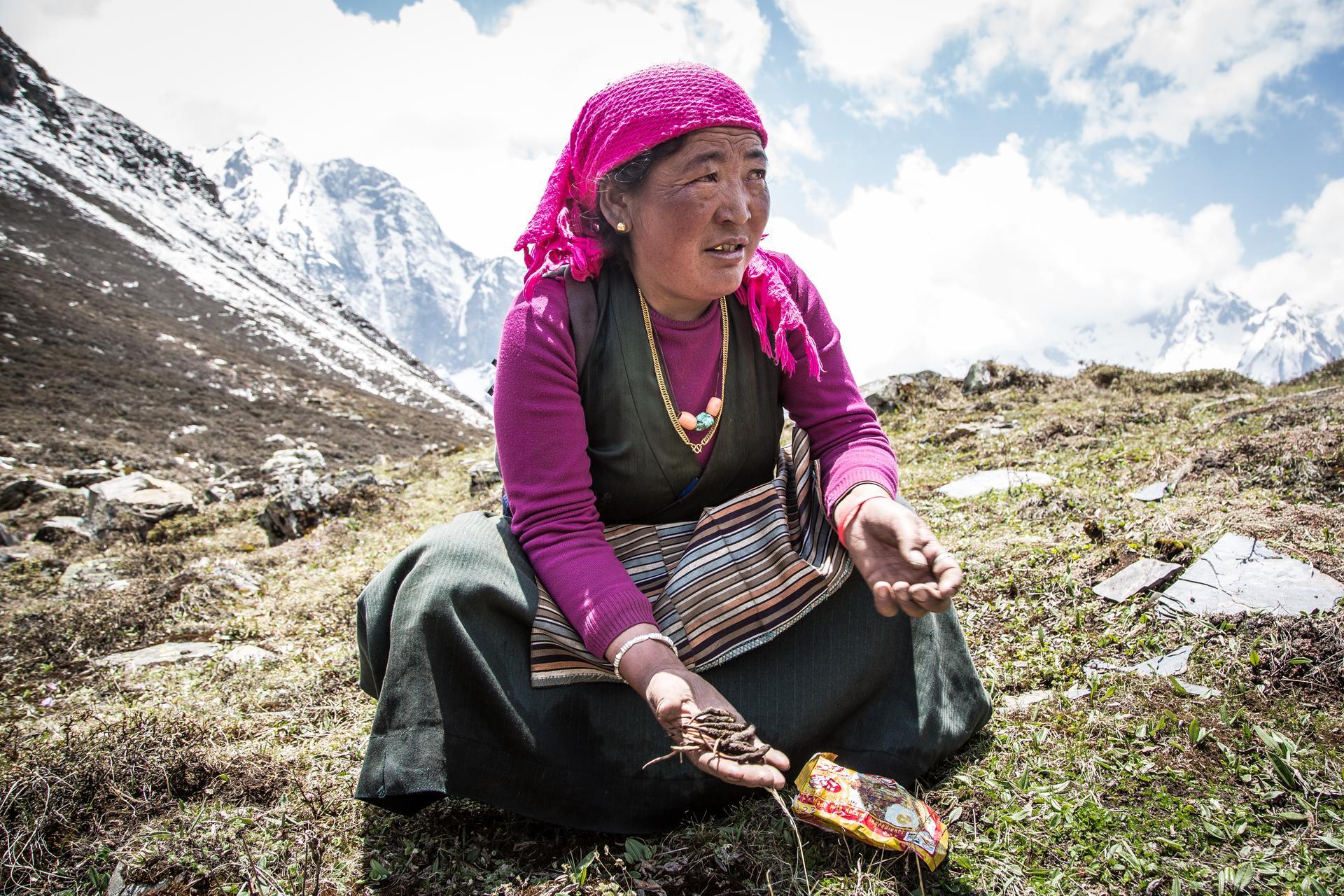

Certain regions have banned yarsagumba collection due to religious reasons, particularly around Buddhist monasteries. Harvesting rights are granted to specific communities, and the collection season usually lasts for about three weeks, with designated opening and closing days. Those found harvesting without proper authorization are subject to investigation by the relevant community. The income generated from yarsagumba has brought significant improvements to remote Himalayan communities, such as access to electricity, better education, and a more diverse diet. Some nomadic yak herders in Bhutan have even resorted to hiring helicopters to monitor their livestock in the high grasslands.
While yarsagumba offers numerous benefits, it is essential to acknowledge that it may also have negative effects in certain conditions. It is important not to overlook or disregard the potential drawbacks associated with its use.
Draw Backs/Side Effects of Yarsagumba
In general, the oral use of cordyceps or Yarsagumba is considered safe. However, caution is advised in certain situations. Limited evidence exists regarding its safety during pregnancy, breastfeeding, bleeding disorders, and surgery. To be on the safe side, it is advisable to avoid the use of cordyceps in these conditions. It is worth noting that mild side effects such as diarrhea, constipation, and abdominal discomfort may occur with the use of cordyceps. Monitoring any adverse reactions and consulting with a healthcare professional is recommended.
FAQs
Why is Yarsagumba so expensive?
Yarsagumba, an endemic species to the Himalayan region found in the elevation of 3000-5000 m, is regarded as one of the most valuable mushroom species in the world because of its medicinal properties.
Is Yarsagumba found in Nepal only?
Yarsagumba is found at 3,000-5,000m above sea level in the Himalayan meadows of Nepal, Bhutan, India and Tibet.
What are the benefits of eating Yarsagumba?
Yarsagumba is known as an immune booster. It's also known as a great aphrodisiac. It works in a way similar to Viagra. It's considered to be helpful for impotence in men and it's considered to be a great stimulant. It is also believed to increase energy and have healing effects of various medical conditions.
How do you eat Yarsagumba?
The recommended dose of Yarsagumba for an adult is 0.3 g - 0.7 g daily. However, it is usually taken after the prescription of a traditional physician or doctor.
What is the English name of Yarsagumba?
The English name of Yarsagumba is Caterpillar fungus. The scientific name of the medicine is Cordyceps Sinensis.
Conclusion:
Yarsagumba, the Himalayan caterpillar fungus, continues to intrigue scientists, traditional healers, and enthusiasts alike. Its unique life cycle, medicinal properties, and cultural significance make it a captivating subject of study. As we navigate the delicate path between preserving biodiversity and meeting human needs, responsible practices and conservation efforts will play a pivotal role in safeguarding the Himalayan caterpillar fungus for generations to come.





